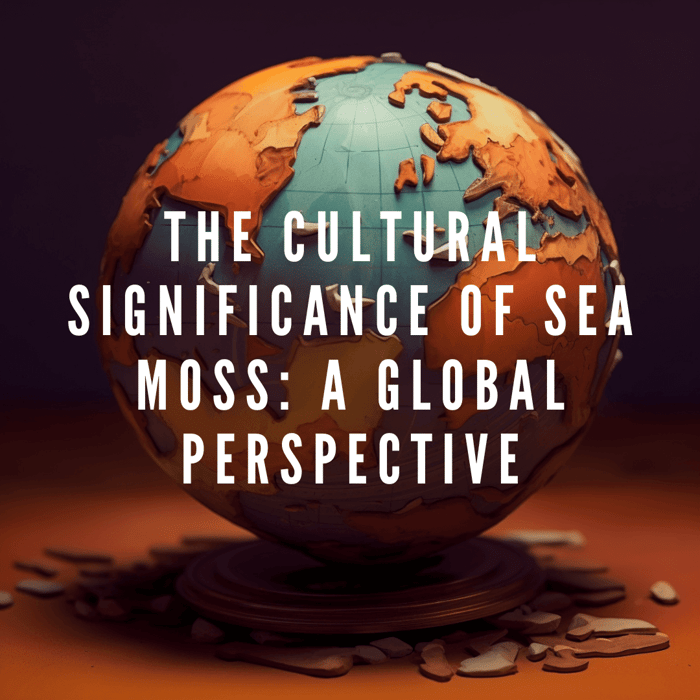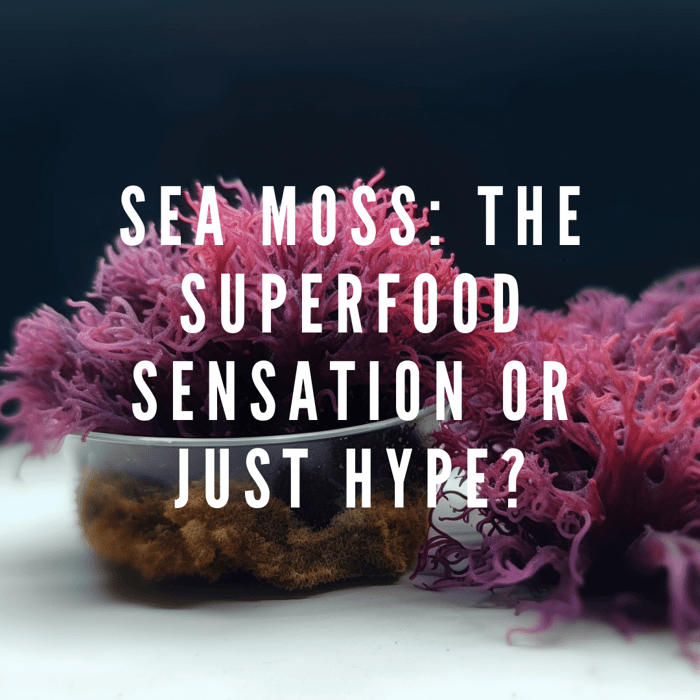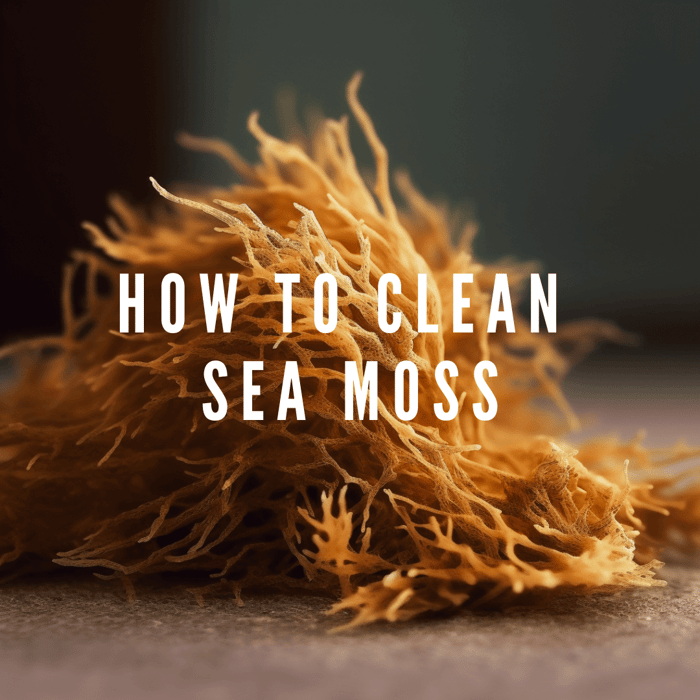Although sea moss is a common algae found worldwide, it holds a distinct place in various cultures due to its unique uses and traditions associated with it.
Table of Contents
Historical and Cultural Significance of Sea Moss
Sea moss, also known as Irish moss, is a type of red algae that grows abundantly in the rocky parts of the Atlantic coast of Europe and North America. It has been a part of human diet for thousands of years, and its use has been recorded in various historical records.
“Sea moss has been used by different cultures for its nutritional and medicinal properties.”
Sea moss has also played a significant role in religious and cultural practices. For instance, in some cultures, it is considered a symbol of luck and prosperity and is used in rituals and ceremonies. However, the use and traditions associated with sea moss vary significantly across different cultures.

Sea Moss in Caribbean Culture
In the Caribbean, sea moss holds a special place in the local diet and healing practices. It is often used to make a nutritious drink that is believed to boost energy and enhance sexual health. In fact, it is a key ingredient in many Caribbean dishes and is commercially used in local cuisine.
Sea moss also holds a significant place in Caribbean folklore and traditions. It is often associated with strength and vitality and is used in various rituals. However, in recent years, the use of sea moss in the Caribbean has undergone significant changes due to globalization and commercialization.
Check out our collection of sea moss gels that are inspired by traditional Caribbean recipes.

Sea Moss in Irish Culture
Sea moss, or carrageen moss as it's locally known, has a deep-rooted history in Irish culture. During the Great Famine in the mid-19th century, it served as a crucial source of nutrition for the Irish people. The algae was harvested from the rocky coastline and used in soups and broths due to its high mineral content.
Today, sea moss continues to be a staple in traditional Irish cuisine. It's used as a thickening agent for soups, sauces, and desserts. Beyond its culinary uses, sea moss has also found its way into Irish beauty and wellness practices. It's believed to have skin-enhancing properties and is often used in homemade face masks and bath soaks.
Modern-day Ireland continues to value sea moss, not just for its nutritional benefits, but also for its potential in supporting digestive health and boosting the immune system. To experience the benefits of Irish sea moss, explore our organic golden sea moss.

Sea Moss in Asian Cultures
In Asian cultures, particularly in traditional Chinese medicine, sea moss has been used for centuries due to its therapeutic properties. It's believed to help with respiratory issues, improve digestion, and enhance overall wellness.
In Japanese and Korean cuisine, sea moss, known as "funori", is used as a thickener and stabilizer in various dishes. It's also a common ingredient in vegan and vegetarian dishes due to its gelatin-like consistency.
Sea moss is also a popular ingredient in beauty and wellness regimes in East Asia. It's often used in skincare products due to its high mineral content and hydrating properties. In recent years, the use of sea moss in Asia has evolved, with modern trends incorporating it into health drinks, smoothies, and even dietary supplements.
Sea Moss in Modern Global Trends
The influence of cultural traditions on the current global uses of sea moss is undeniable. Today, sea moss is recognized as a superfood in the global health food industry. It's praised for its high iodine, calcium, and iron content, and is often used in smoothies, soups, and salads.
Sea moss has also made its way into the global cosmetic industry. Its hydrating and skin-nourishing properties make it a popular ingredient in face masks, serums, and moisturizers. Current research is exploring the potential of sea moss in anti-aging and skin-repair formulations.
With the increasing global interest in sea moss, it's clear that this humble algae, while common, continues to hold a distinct and diverse place in various cultures around the world. Discover the diverse range of sea moss products at Millie's Moss.
Conclusion
From its historical significance to its modern-day relevance, sea moss has journeyed across cultures, adapting to their unique traditions and uses. As we continue to explore the potential of this superfood, it's evident that the future of sea moss in cultural and commercial contexts is promising.
FAQs
- What cultures use sea moss?
- Sea moss is used in many cultures, including Caribbean, Irish, and Asian cultures, among others.
- What country has the best sea moss?
- The quality of sea moss can vary depending on the conditions it's grown in. Ireland and the Caribbean are known for their high-quality sea moss.
- Are there different types of sea moss?
- Yes, there are several types of sea moss, including Chondrus crispus (commonly known as Irish moss) and Gracilaria (often used in the Caribbean).
- What is the difference between Irish sea moss and Jamaican sea moss?
- Irish sea moss and Jamaican sea moss are often the same species (Chondrus crispus), but they can differ in color and size due to differences in growing conditions.
- Is Caribbean or Irish sea moss better?
- Both Caribbean and Irish sea moss have similar nutritional profiles. The choice between the two often comes down to personal preference and availability.
 is here! Shop now, pay later in 4 easy installments
is here! Shop now, pay later in 4 easy installments



